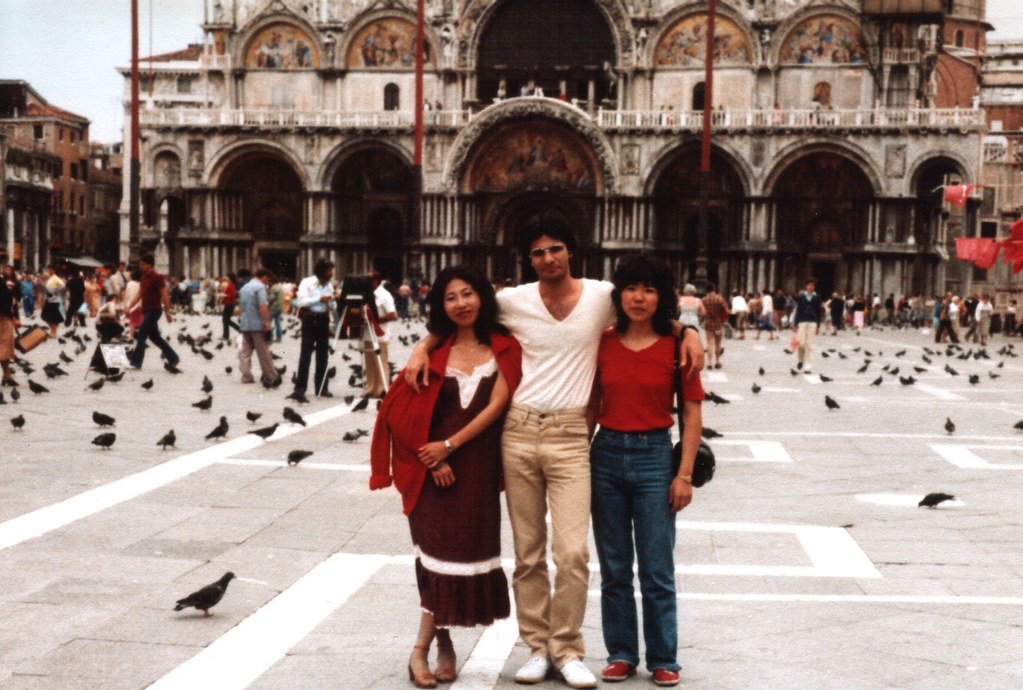Japanese customs for weddings
If you’re thinking about getting married in Japan, you might be interested in learning about the country’s special bride customs. Some Japanese people also prefer to have a conventional wedding with lovely saris, despite the fact that more and more couples are getting married in the Western style today.
The most common traditional wedding ceremony in Japan is held at a Shinto shrine (Shnkami) which is the indigenous religion of Japan. The wedding is officiated by a priest in a ritual called “shinzenshiki” which appeals to the shrine’s gods for strength. The bride wears a white kimono and a ornamental head cover – tsunokakushi – that symbolises purity. The groom wears montsuki, a black kimono bearing his family’s crest and hakama (wide-legged pants). In the past, the cost of this traditional rite was typically borne by the parents of the couple. In recent years, however, more couples are choosing to pay for the ceremony themselves.

The honeymooners and their attendees are served supper following the main service. The partners has the chance to express their gratitude to their loved ones and close companions for their marriage help. It’s also a chance for the couple to part ways, with the bride receiving an obi (kimono sash ) and hakama japanese mailorder brides and the groom receiving montsuki or iro-uchikake ( colorful kimoneo ).
Other well-liked presents include reed leaves wrapped in mizuhiki, a special fabric ribbon tied to symbolize the union of two households, and origami cranes, an important sign of longevity and wealth for the newlyweds. As is customary, the newlyweds give their guests little cups of pleasure, a beverage that represents the joy and good fortune of wedding.
Marriage events usually include speeches and activities in addition to meal, beverages, and amusement. The bride and groom’s family members and occasionally nearby buddies typically deliver the remarks. Additionally, there are frequently performances by specialized performers or entertainers.
The pie, which is typically not a marriage bread in the American feeling, is finally cut by the handful. The cake’s best layer is usually made of a particular variety of fraudulent mochi. The guests can frequently have a few tiers of smaller cakes as well.
After that, the couple will kiss and exchange bands. A pancakes is made by the child’s family and friends to conclude the service.